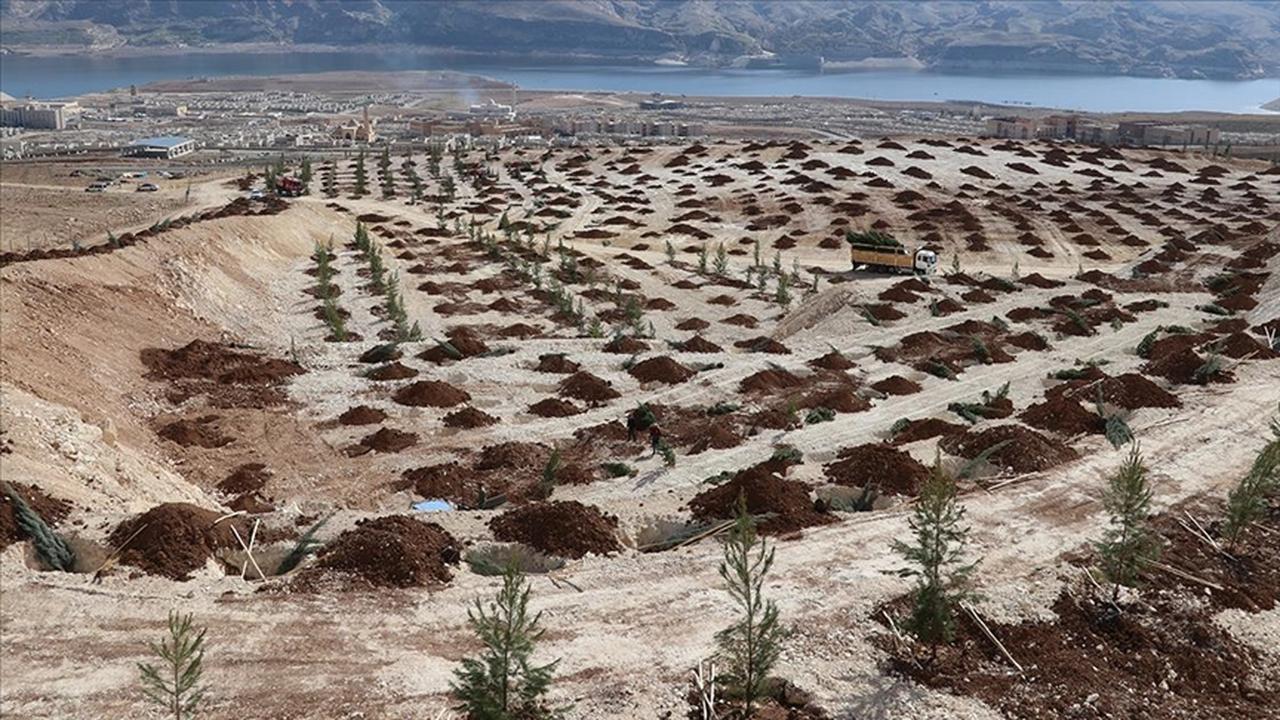A new international study has upended a foundational assumption in climate science, revealing that rivers are not just conduits for the rapid cycling of carbon from plants and soils, but are also major escape routes for ancient carbon stores that have been locked away for centuries, millennia, or even longer.
Published in Nature, the findings show that more than half of the carbon dioxide (CO₂) and methane (CH₄) emitted from rivers worldwide originates from long-term carbon reservoirs—deep soils, sediments, and even weathered rocks—rather than from the recent decay of plant material as previously believed.
For decades, scientists have viewed rivers as part of the “fast lane” of the global carbon cycle. The prevailing wisdom held that river-based CO₂ and CH₄ emissions represented a quick turnover: plants absorb atmospheric carbon through photosynthesis, some of that carbon is rapidly decomposed in soils and flushed into rivers, and then released back into the air within years or decades. But this new research, led by Dr. Josh Dean at the University of Bristol, challenges that paradigm by showing that about 60% of river carbon emissions are actually sourced from ancient carbon stores—some dating back thousands or even millions of years.
The team reached this conclusion by assembling a global database of over 1,100 radiocarbon measurements from more than 700 river sites across 26 countries. By analyzing the carbon-14 content of dissolved inorganic carbon, CO₂, and CH₄ in river waters and comparing it to atmospheric levels, the researchers could determine the “age” of the carbon being released. Their isotopic mass balance calculations revealed that, on average, 59% (±17%) of river CO₂ emissions are derived from old carbon—either millennial-aged soil organic matter or petrogenic carbon from rocks—while only about 41% comes from recently fixed carbon.
Simply put, that’s a lot of ancient carbon.
This hidden flux is not trivial. The study estimates that rivers globally emit about 2 gigatons (2 billion metric tons) of carbon each year as CO₂ and CH₄. Of that, approximately 1.2 gigatons comes from these ancient sources. That amount is comparable to the net carbon uptake by all the world’s land ecosystems annually. In other words, the “leak” of old carbon through rivers is large enough to require a major revision of global carbon budgets and models.
The study’s lead author, Dr. Josh Dean, described the findings as “potentially huge” in their implications.
“The results took us by surprise because it turns out that old carbon stores are leaking out much more into the atmosphere than previous estimates suggested,” he explained in a press statement. “The implications are potentially huge for our understanding of global carbon emissions. “Our findings show some of this old carbon, as well as ancient carbon from rocks, is leaking sideways into rivers and making its way back to the atmosphere. We don’t yet know how humans are affecting this flow of ancient carbon, but we do know plants and trees must be taking up more carbon from the atmosphere today to account for this unrecognised release of old carbon.”
The sources of this ancient carbon are diverse. Some is mobilized from deep soil layers, where organic matter has been stored for centuries or millennia. Other portions come from the slow weathering of sedimentary rocks, which can release carbon that has been locked away for millions of years.
The discovery has far-reaching consequences for how scientists understand the stability of terrestrial carbon stores and the fate of anthropogenic carbon. According to the research, if rivers are acting as a major pathway for the return of ancient carbon to the atmosphere, then land ecosystems must be absorbing at least one gigaton more CO₂ per year than previously estimated simply to keep atmospheric carbon levels in balance.
What this all means is that the apparent “sink” capacity of forests and soils, a crucial buffer against climate change, may be even more vital, and potentially more vulnerable, than previously thought. In simple terms, Earth and mother nature are great at regulating the intake and release of carbon; but we never really considered all that old ancient carbon she stored up well before humans showed up.
The study indicates that humans basically need to slow down. Climate warming, land use shifts, and permafrost thaw all might accelerate the mobilization of old carbon. Moreover, human activities such as deforestation, drainage, and agriculture could disturb deep soils and geological formations, increasing the leakage of ancient carbon into rivers and, ultimately, the atmosphere.
The research team plans to further investigate how the age of riverine carbon varies across different environments and how it may be changing over time. For now, their work marks a major shift in our understanding of Earth’s carbon balance, highlighting a silent but substantial leak of ancient carbon from land to sky, and the pressing need to account for it in climate science and policy.
MJ Banias covers space, security, and technology with The Debrief. You can email him at mj@thedebrief.org or follow him on Twitter @mjbanias.










 English (US) ·
English (US) ·